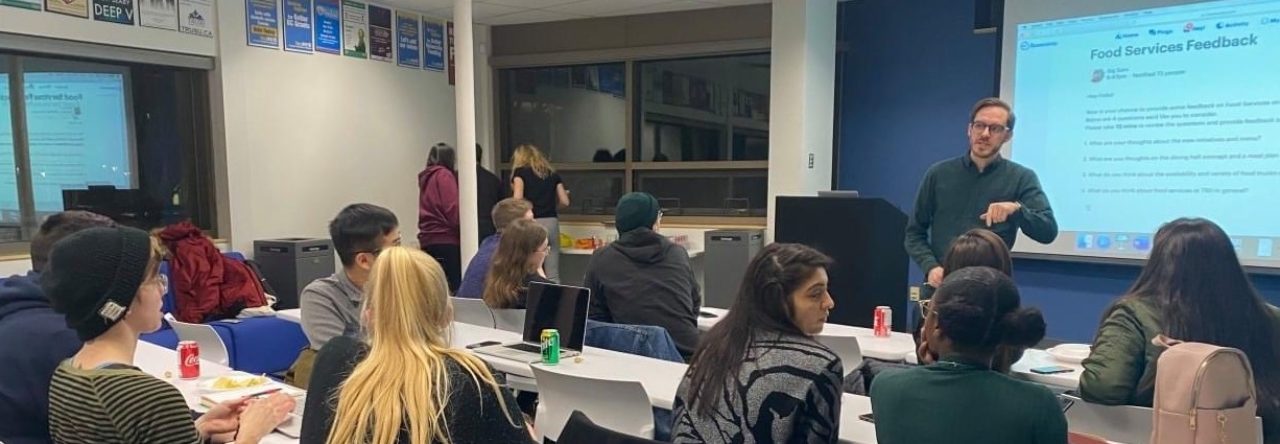On July 15, 2020, I taught, with my teaching partner, my seventh one-hour lesson with a group of four students enrolled in an Advanced Oral Communication class. The objective of this lesson was that students would be able to engage in workplace communication and discuss topics of workplace culture using target vocabulary and discussion language. This was to be accomplished through role-playing workplace telephone conversation scenarios. Further work vocabulary would be introduced or reviewed through a game. Students would then engage with the vocabulary by producing a provided dialogue. Finally, students would competitively debate topics about workplace culture using target vocabulary terms as well as discussion language. This lesson was something of a step backwards on the issue of scaffolding and appropriate content as well as time management. However, we did maintain reasonable engagement and drawbacks were part of exploring a focus on teaching functional language, which offered lessons going forward.
In preparing the lesson plan, we began from content and activities that carried forward from the previous lesson. This included a dialogue text followed by debate of topics of work culture. I made the mistake of thinking that this would not be sufficient to fill an hour lesson. In addition to proposing a vocabulary game to introduce terms for the debates, I proposed another activity for functional language in telephone exchanges to schedule meetings or take/leave messages. This resulted in a two-part objective: debate and function. While these were about the same topic, the skills were too different to include in one lesson. The other challenge in planning this lesson was working from prepared materials. We had found materials early in the planning, but in setting our objectives, failed to sufficiently tailor the materials to the activity. In the case of the functional language activity, this meant demanding too much of students in terms of the content rather than the communicative purpose.
In delivering the lesson, we discovered the mistakes of our plan primarily in the fact that we could only deliver half of it in the time available. Unfortunately, that included the functional language activity and the vocabulary activity, but not the debate activity that the vocabulary was meant to build into. This meant the lesson lack a cohesive purpose. However, the delivery of the activities themselves offered both positives and negatives. We had a strong warm-up activity in the “Would You Rather…?” format that our students have become familiar with. It continues to get everyone talking and served to introduce the topic of the lesson as well. The functional telephone conversation activity was, by contrast, a new format, and there was a lot to learn from it. It started with a good explanation of the function and structure of telephone requests. In the context of a full lesson on this skill, it would have been reasonable, but, because this just one activity, it was too much teacher talk. Next, students produced the sample dialogue text, which was too long and complicated. I provided more teacher talk to try to draw out the purpose for the students. Then students were asked to apply the skill in self-produced dialogues based on scenarios. This was too challenging without transitioning from fully provided text. All of these stumbling blocks were exacerbated by a lack of time. This was a good reminder of the now familiar lesson for focused objectives and appropriate content, even though I had become distracted by trying a different skill focus.
Overall, this lesson was an opportunity to learn through shortcomings. While I am frustrated at making the same mistakes I should have already learned from previous lessons, I think it was important to try to push our teaching into new skills. I need to have more confidence in planning fewer activities, and working better with my teaching partner on setting one focus for a lesson. This is a continuation of my tendency to overthink and over-prepare. Fortunately, we are now in a position to carry forward the second half of this lesson plan as a full, coherent lesson plan next week. I hope to correct this week’s mistakes then.


Leave a Reply